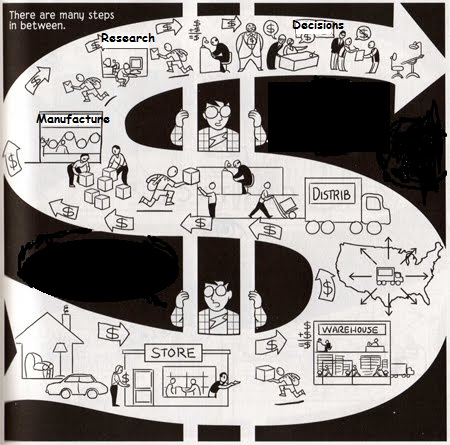Communication between suppliers and retailers is the most crucial part of a supply-retailer relationship. In the realm of technology products, communication is especially important. This is because technology is continually changing; products are constantly improving and innovating, and suppliers and retailers need to keep up with ever-changing consumer demand. For a technology business to succeed, turnover rates must be high because “unsold inventory only loses value as newer technologies hit the market”[1]
The relationship between retailers and suppliers in technology is best exemplified by Best Buy. Best Buy can predict, for example, consumers will demand DVD players in the future, and Best Buy tends to order product about 6 weeks before they want them on the shelves. However, it may take twice as long for suppliers to manufacture and deliver the DVD players. Suppliers therefore must predict Best Buy’s ordering habits, and consumer behaviour to keep up with the orders. As the suppliers become further removed from retailers, the guessing increases. Communication is key between retailers and suppliers to minimize blind guessing.
The global recession has revealed the importance of communication in the technology supplier-retailer relationship. Technology suppliers tend to have extremely limited inventory, and huge turnover rates. When the economic crisis struck, suppliers significantly slowed production in an attempt to withstand the harsh marketplace. They did so to match with retailers, who’s plummeting sales forced cutbacks in inventory orders. The phenomenon that followed was suppliers frantically cut production. Retailers were understocked; a downward spiral of low production and low inventory occurred, diminishing profits and prolonging the recession.
If communication was better between suppliers and retailers, perhaps they could have avoided the inventory crisis that was nothing but detrimental to business. If possible, retailers, like Best Buy, should communicate to suppliers what they need with an appropriate time-span. This will allow suppliers to keep up with production, improve inventory turnover, and not force them to estimate what and how much they need to manufacture. Improved communication would benefit all facets of business in the field of technology. Communication is key.
Daniel Boissonneau-Lehner
http://online.wsj.com/article/SB124260855682928885.html
[1] Dvorak, Phred. “Clarity Is Missing Link in Supply Chain”. Wall Street Journal Online, May 18, 2009. Accessed: October 27, 2010. <http://online.wsj.com/article/SB124260855682928885.html>









